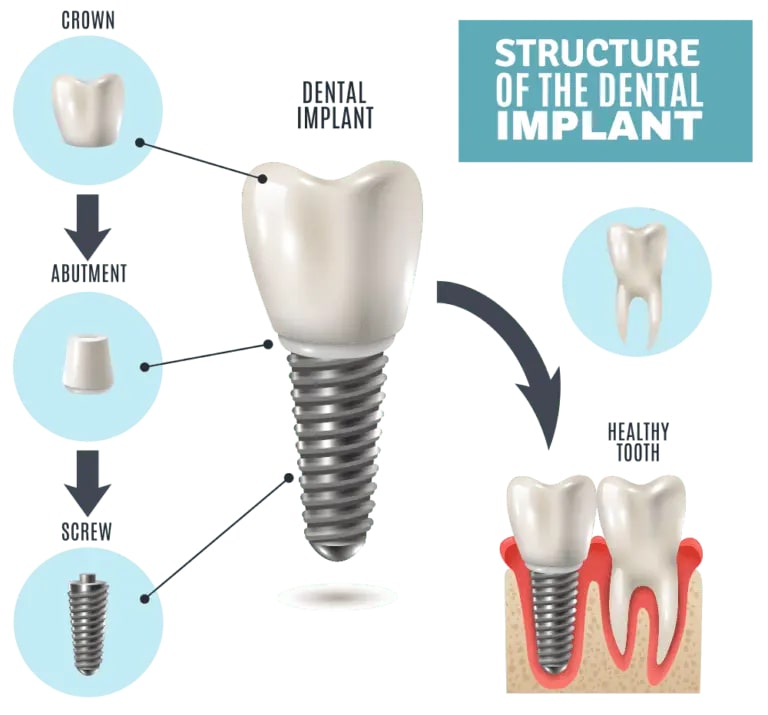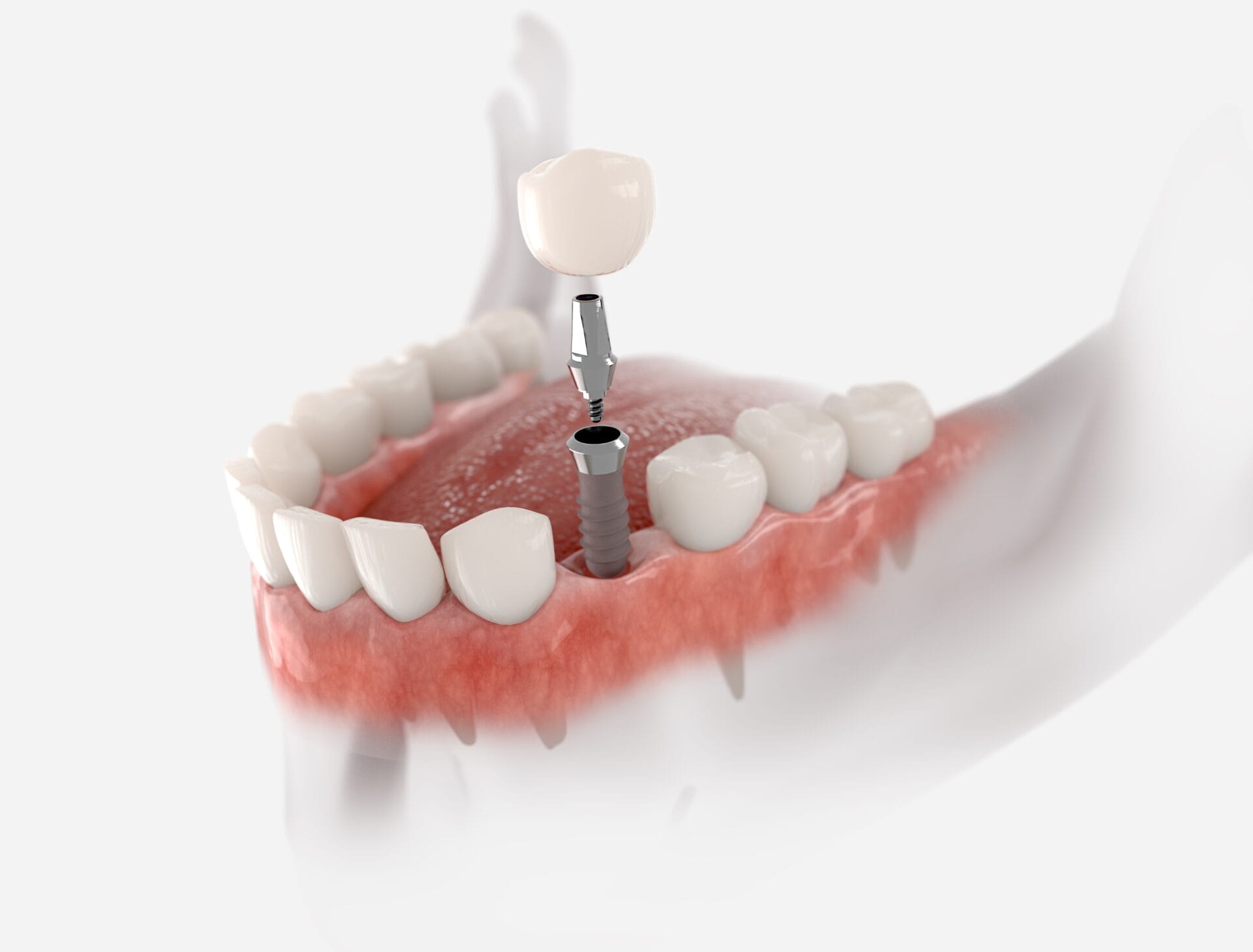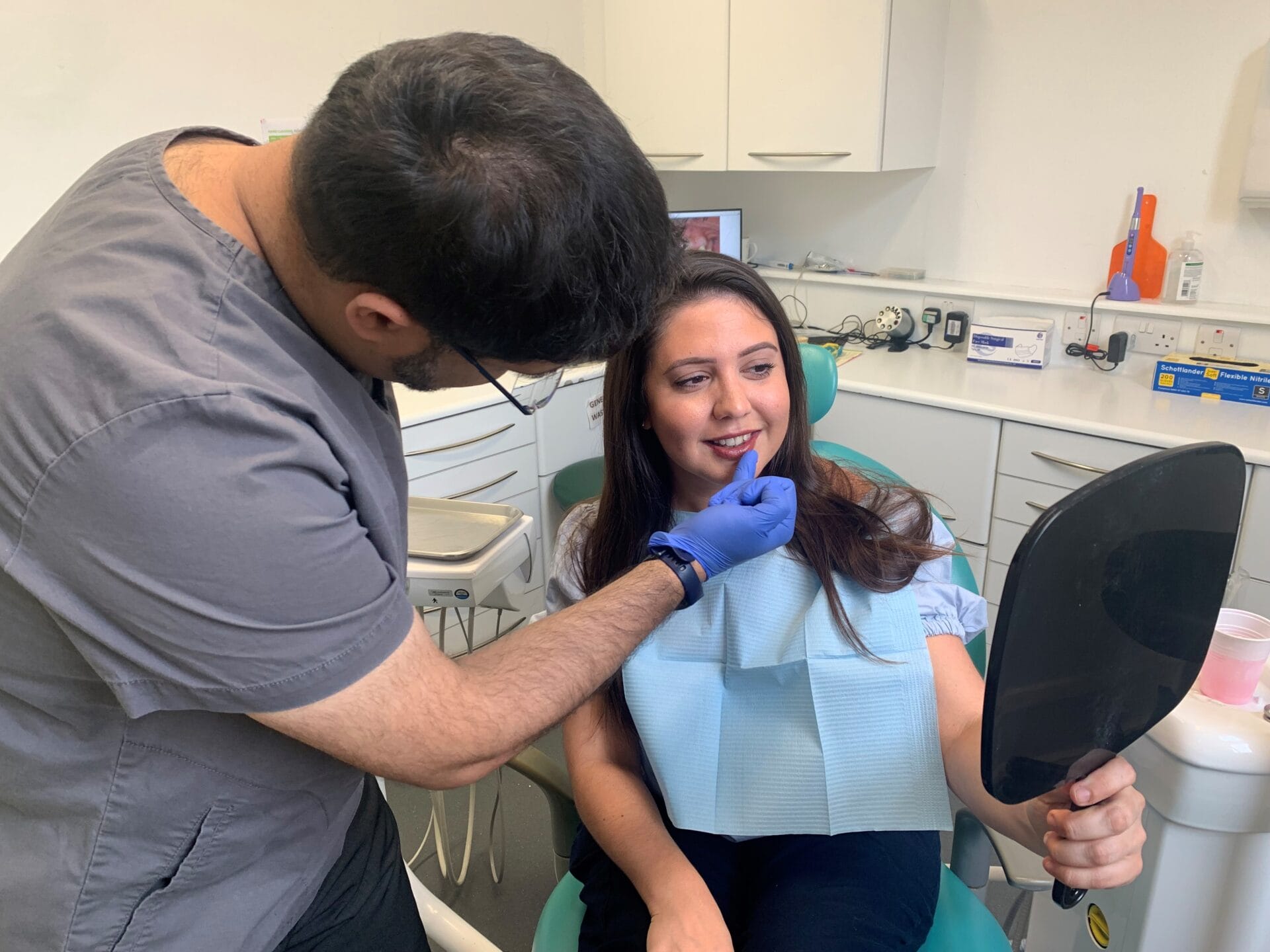Experience the most recent Developments in Oral Implants Innovation
As the field of dental care proceeds to progress, the developments in dental implant technology have been nothing brief of exceptional. From using advanced materials that improve longevity to the execution of digital imaging for accurate placement, these advancements are changing the landscape of oral care. With minimally invasive medical methods and the modification capabilities of 3D printing, patients currently have actually access to tailored services that were when inconceivable. The integration of innovation is reinventing the functionality of dental implants, guaranteeing improved results and patient satisfaction.
Advanced Materials for Enhanced Toughness
In the world of dental implants modern technology, the combination of advanced materials has substantially added to boosting sturdiness and longevity of these crucial oral prosthetics. The application of products such as titanium alloys, zirconia, and ceramic compounds has changed the field by using boosted stamina, biocompatibility, and resistance to corrosion.
Titanium alloys are extensively utilized in dental implants because of their remarkable strength-to-weight proportion, rust resistance, and compatibility with the body. These alloys ensure the security and long life of the implant by holding up against the pressures put in during speaking and chewing, supplying a dependable option for people seeking resilient tooth substitutes.
Zirconia, a kind of ceramic material, has actually gained popularity for its biocompatibility and all-natural tooth-like look. Its high stamina and resistance to use make it a suitable choice for dental crowns and bridges, boosting the total aesthetics and capability of the implant.

Digital Imaging for Specific Positioning
The evolution of dental implants technology has even more progressed with the assimilation of digital imaging techniques, making sure precise placement of these prosthetics for optimal useful and aesthetic results. Digital imaging plays a critical duty in the preparation and positioning of oral implants by supplying comprehensive 3D photos of the client's jawbone structure. This technology allows dental professionals to examine bone density, find crucial frameworks, and plan the precise setting and angle for implant placement with unequaled accuracy.
By making use of digital imaging, dental professionals can develop digital medical overviews that function as a roadmap during the implant placement procedure. These overviews are customized for every individual, taking into consideration their one-of-a-kind anatomy and the wanted result. This degree of accuracy not just enhances the success rate of oral implant treatments but additionally reduces the risk of difficulties.
In addition, electronic imaging enables dentists to envision the final prosthetic repair prior to the real positioning of implants, permitting for precise preparation and making certain that the outcome meets the client's aesthetic expectations. On the whole, the assimilation of electronic imaging innovation has actually transformed the field of dental implants, offering patients a more foreseeable, efficient, and patient-specific treatment strategy.

Minimally Invasive Surgical Strategies


Developments in medical methods have caused the advancement of minimally invasive methods in the field of oral implantology. These techniques intend to lower trauma to the person, shorten recuperation times, and boost total treatment end results. Minimally intrusive operations involve smaller lacerations, specialized tools, and advanced imaging innovations to precisely put dental implants with minimal disturbance to bordering tissues.
One key aspect of minimally invasive methods is making use of assisted surgery, where 3D imaging and computer-aided layout software More Info program are employed to intend the implant placement with excellent accuracy. This enables for a more predictable outcome and can frequently eliminate the demand for comprehensive flap surgical treatment.
Furthermore, developments in products and implant layout have actually likewise added to the success of minimally intrusive techniques. Implants with improved surface area residential properties promote much faster osseointegration, minimizing the recovery time called for before the prosthetic reconstruction can be placed.
3D Printing for Personalized Solutions
Making use of 3D printing modern technology in oral implantology enables for the production of anonymous highly customized solutions customized to private patient needs and physiological variations. This cutting-edge modern technology allows dental specialists to create and make oral implants with phenomenal accuracy and precision. By using electronic imaging methods, such as cone beam of light calculated tomography (CBCT), in-depth 3D versions of the person's oral tooth cavity can be produced to lead the dental implant planning procedure.
One of the crucial advantages of 3D printing in oral implantology is the capacity to develop patient-specific implants that perfectly fit the distinct anatomy of each person. This personalized strategy aids enhance the general success and longevity of the implant by ensuring optimal fit and positioning. Furthermore, 3D printing enables the manufacturing of complicated geometries and intricate structures that would certainly be challenging or difficult to accomplish utilizing traditional production methods.
Furthermore, 3D printing innovation enables dental experts to enhance the implantation procedure, decreasing surgery time and enhancing total patient experience. With its ability to produce customized services rapidly and efficiently, 3D printing is revolutionizing the area of oral implantology, offering people ingenious therapy options and improved end results.
Integrated Innovation for Improved Performance
Executing advanced innovation in dental implantology improves performance and accuracy, boosting the requirement of treatment for individuals undertaking implant treatments. Integrated modern technology plays an essential duty in improving the total success and toughness of dental implants.
Furthermore, the combination of computer-aided design and computer-aided production (CAD/CAM) technology allows the creation of custom dental implant repairs with extraordinary accuracy. CAD/CAM systems utilize digital perceptions to make prosthetics that completely fit the person's one-of-a-kind composition, making sure optimum convenience and capability. In addition, making use of robotic-assisted surgical procedure in implant positioning enhances precision and lessens the threat of human error.
Final Thought
To conclude, the current technologies in dental implants technology deal boosted resilience through innovative materials, exact placement reference with electronic imaging, minimally intrusive medical strategies, customized remedies with 3D printing, and enhanced functionality with incorporated innovation - Dental implants Kent. These innovations in oral implants modern technology are revolutionizing the area and supplying clients with more reliable and reliable therapy choices for recovering their smiles and dental health
The assimilation of technology is reinventing the capability of oral implants, guaranteeing enhanced outcomes and person satisfaction.
The evolution of oral implants technology has actually additionally advanced with the integration of electronic imaging strategies, making certain specific placement of these prosthetics for optimal functional and visual end results. Minimally intrusive medical treatments include smaller sized cuts, specialized tools, and advanced imaging technologies to exactly position dental implants with very little interruption to surrounding tissues.
Executing sophisticated technology in dental implantology improves functionality and precision, boosting the standard of treatment for individuals undertaking implant procedures. Dental implants Kent. Integrated modern technology plays a crucial duty in boosting the overall success and sturdiness of dental implants
 Tia Carrere Then & Now!
Tia Carrere Then & Now! Jenna Von Oy Then & Now!
Jenna Von Oy Then & Now! Joshua Jackson Then & Now!
Joshua Jackson Then & Now! Brooke Shields Then & Now!
Brooke Shields Then & Now! Catherine Bach Then & Now!
Catherine Bach Then & Now!